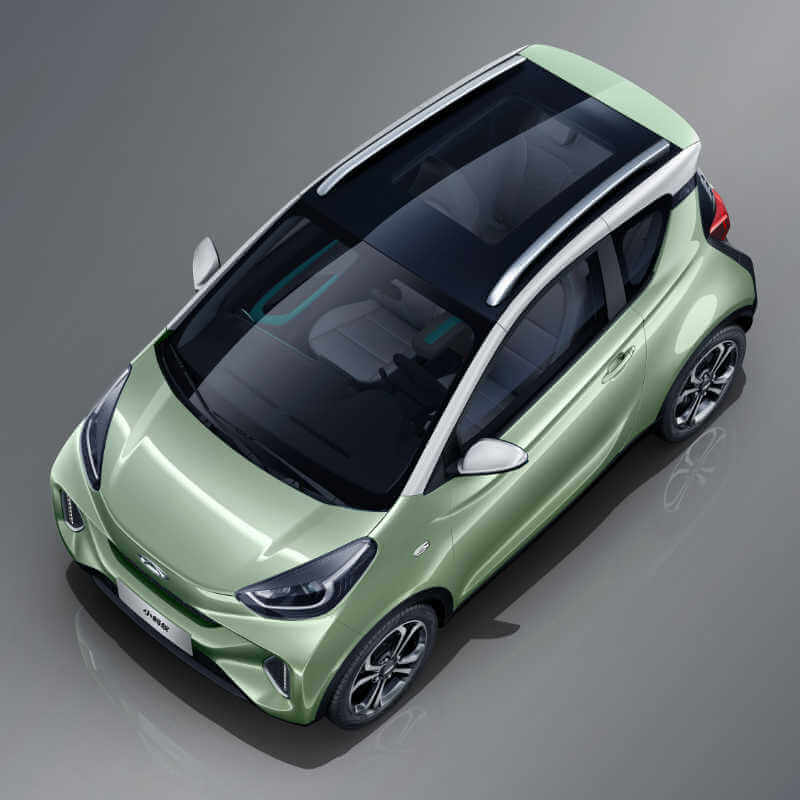Chery believes the future is electric. And petrol and diesel powered. And driven by fuel-cell vehicles. And made for hybrids.
China’s largest exporter of vehicles, with an international client base of close to 10 million owners, recently committed to a comprehensive drivetrain plan that includes all current and future forms of propulsion. This includes petrol- and diesel-powered vehicles, hybrid (HEV) and plug-in hybrid vehicles (PHEV), electric (EV) and range-extended electric vehicles (REEV) and fuel-cell driven electric vehicles (FCEV).
Chery renewed this commitment at the recent 2021 Chengdu International Auto Show, where it showcased a range of its newest propulsion systems, several of which will soon also be seen in its new Tiggo range in South Africa.
Says Tony Liu, Executive Deputy General Manager, Chery South Africa: “Many people worry that the international drive towards electric vehicles will lead to stagnated development of internal combustion engines.
“There are also concerns about the strain on a country’s electricity grid and the challenges that some countries face where citizens travel great distances or where extreme heat and cold can negatively affect electric operating range.”
It is for this reason that Chery has committed to a 30-year propulsion plan that includes all types of propulsion and accompanying drivetrain development. Dubbed the “457” plan, it will see Chery focus on four new energy product platforms, five universal subsystems and seven core technologies, including all types of propulsion.
At the Chengdu International Auto Show, Chery showed its commitment to this plan with several new drivetrain innovations. Two, in particular, drew international attention, the first being its new 2.0 TGDI turbo-petrol engine.
This engine utilises proprietary technology to deliver best-in-class thermal efficiency for high power output and low fuel consumption. In the Tiggo 8 Pro, this engine will deliver 192 kW and 400 Nm of torque.
“Chery is a leading manufacturer of internal combustion engines, having designed and built over 8.8 million engines, and we will continue with engine development on route to becoming carbon neutral,” says Liu.
The second of many innovations that drew global praise was Chery’s new DHT hybrid architecture.
Utilising many of the electric vehicle innovations and its progress on high-efficiency internal combustion engines, the DHT hybrid platform utilises 11 gears, nine different operating modes and a world-first dual-motor drivetrain to deliver a unique hybrid driving solution for HEV and PHEV models.
This unique hybrid system was showcased at the Chengdu show as fitted to the Tiggo 8 Pro PHEV. In this application, the dual-motor system is mounted on both axles to offer effortless four-wheel drive, a 0 – 100 km/h acceleration time in the five-second range and a combined fuel consumption of around 1 litre / 100 km.
“By committing to all types of propulsion for the next three decades, we not only speed up our development of fuel-cell, electric, hybrid and internal combustion engines, but we are able to utilise innovations in one form of propulsion in making another even better.
“For instance, our work on electric vehicles and super-efficient petrol turbo engines has allowed us to build the DHT hybrid platform that will give peerless performance and the lowest real-world consumption in the industry.
“We are carefully studying the relevant legislation related to electric and hybrid plug-in vehicles in South Africa. This will inform our future plans and the possibility of introducing these technologies in the future,” says Liu.
Article by QuickPic.

